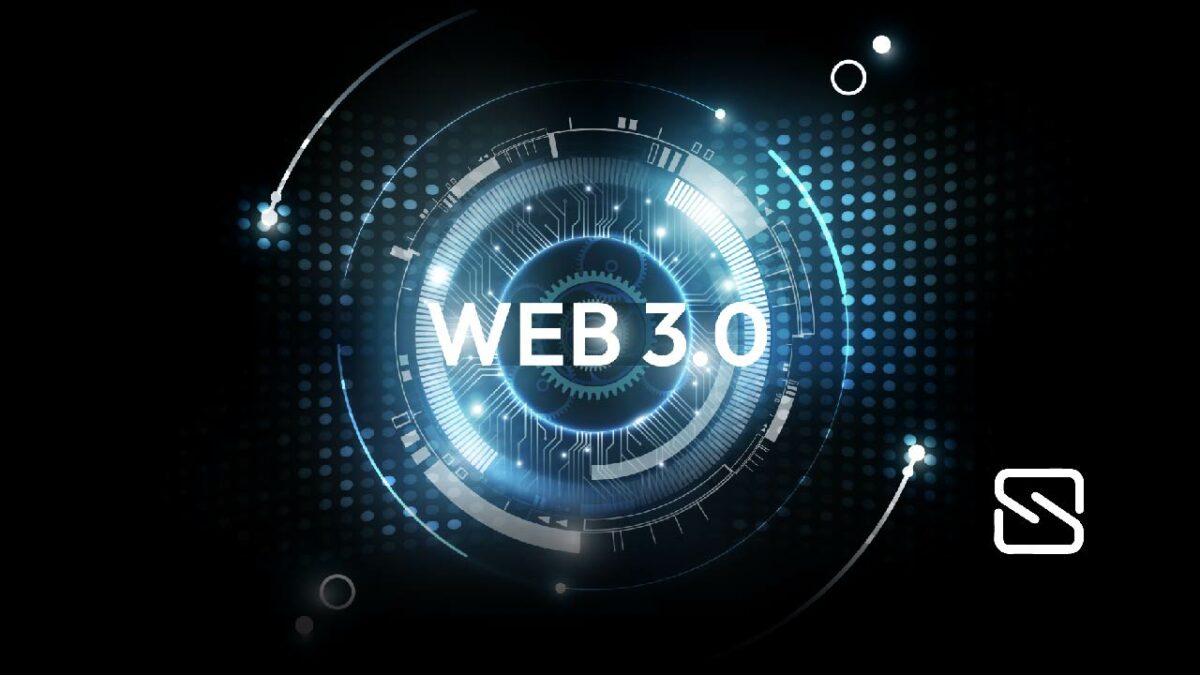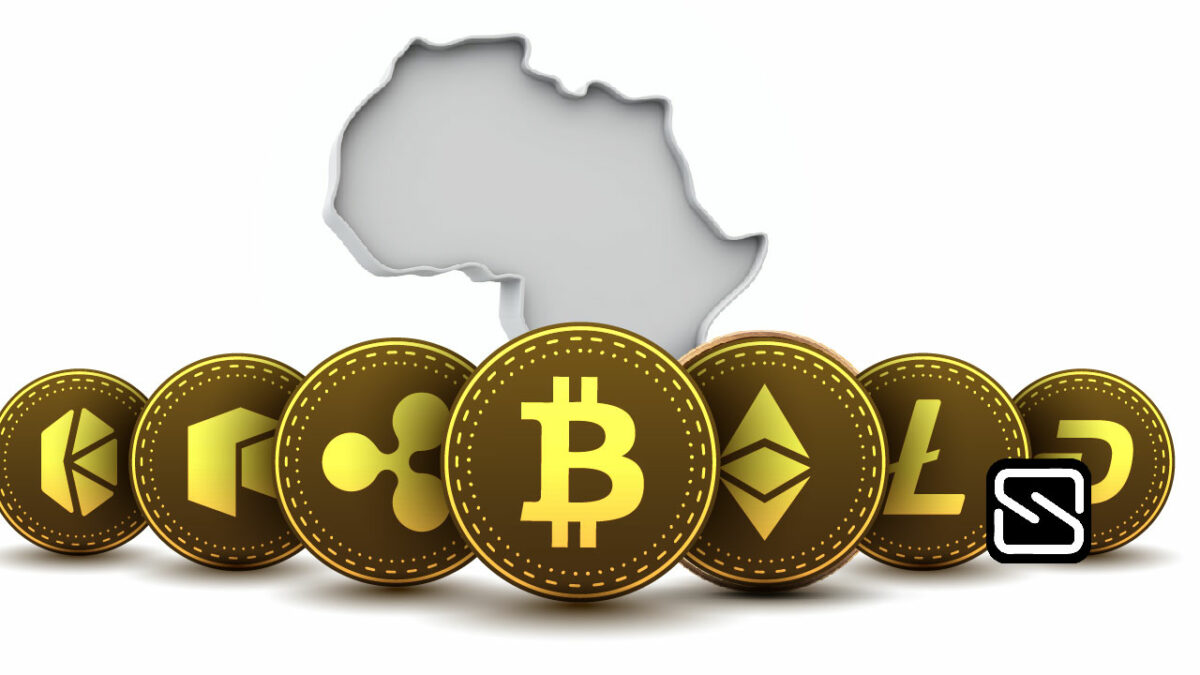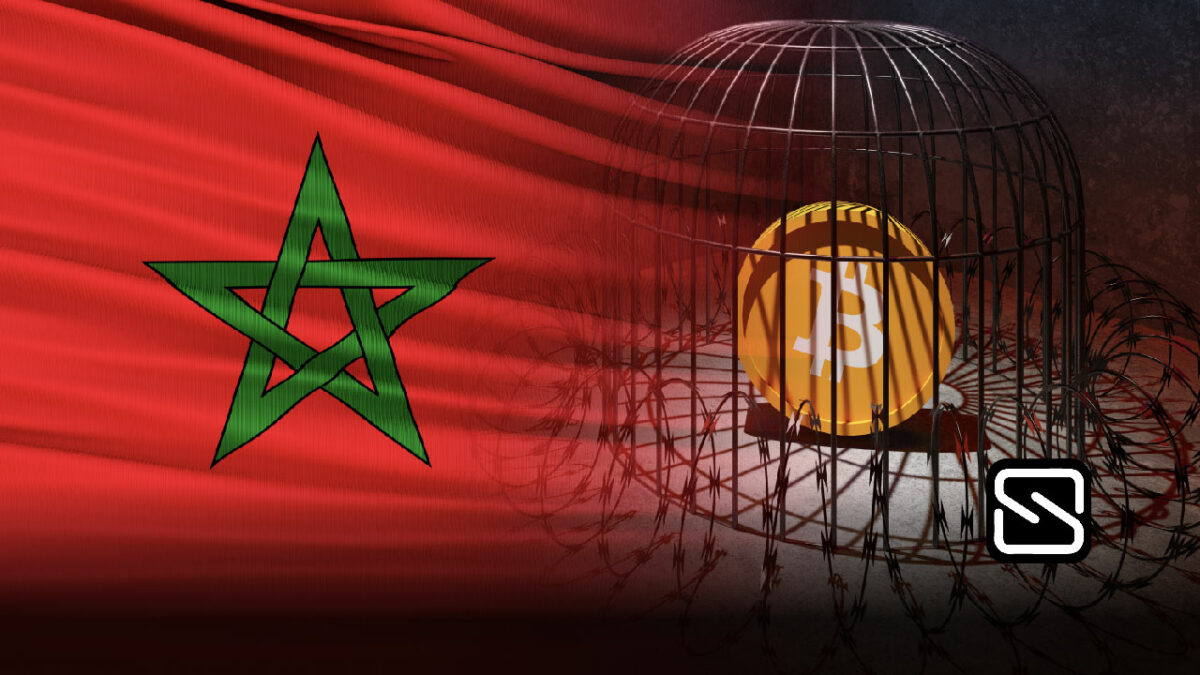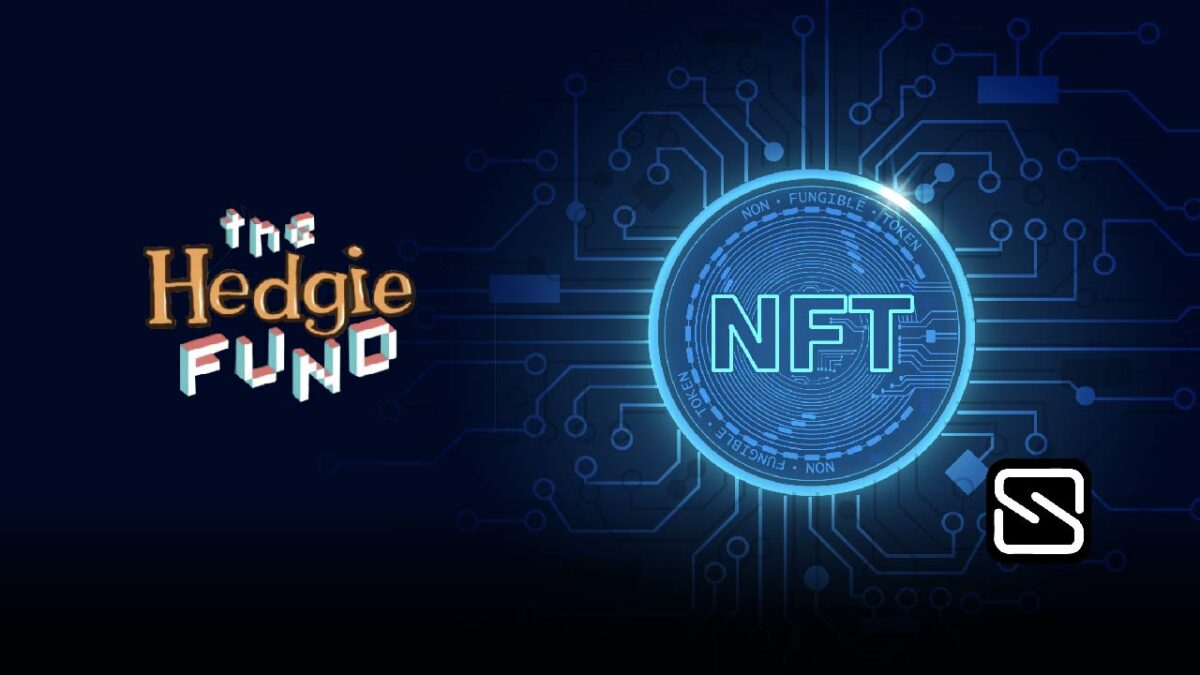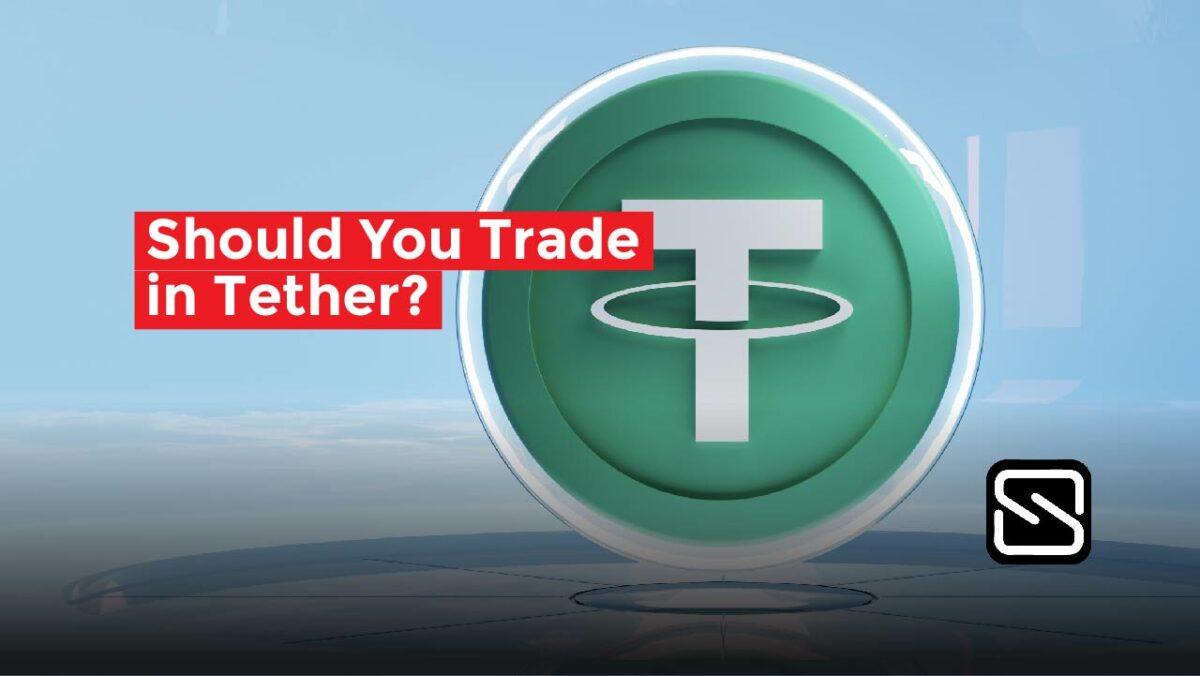Web 3 is the new paradigm in web interaction and will mark a fundamental change. Simply put, it is the new phase of the internet’s evolution.
According to Africa Report, the continent’s cryptocurrency sector reached a critical milestone in September last year, when sub-Saharan users accumulated over $80 million in digital asset holdings. African countries embraced mobile money before cryptocurrency. M-Pesa, the first mobile money company, generated significant change in people’s spending habits in 2007. When you consider the monetary framework’s currency stability issues, cryptocurrency’s popularity in Africa is unsurprising.
With its concentration of cryptocurrency organizations, one may think that North America is the second-largest Bitcoin market after Europe. Or in Latin America, where countries like El Salvador have accepted Bitcoin as legal cash. Or perhaps it’s Asia, where the digital asset industry is rapidly expanding. However, Africa is the answer!
According to a report published in 2016, the continent’s cryptocurrency market had over $80 million in virtual asset holdings, which was more than the total number of users in the United States combined.
Morocco, a North African country with a GDP that ranks outside the top 50 in the world with The United States being first, has one of the world’s largest cryptocurrency populations, with 2.5 percent of the population possessing some form of digital currency.
The continent saw a staggering 12 times rise in bitcoin transactions from 2020 to 2021. The AZA financial team is not surprised by this growth. During the preceding 9 years of working on the continent, people have seen massive increases in the adoption of new technologies, thanks in large part to a young and mobile population eager to enter the virtual world.
African nations admired mobile money before cryptocurrency. M-Pesa, Africa’s first mobile money company, created a change in the way people on the continent keep and spend money in 2007. In Kenya, the introduction of mobile money was a major success, with M-Pesa controlling 99 percent of the market.
As a result of this win, mobile money has gained universal acceptance. Africa now accounts for more than 60% of all international mobile money transactions. The continent’s population has demonstrated that it is eager to absorb new technology.
When considering the monetary framework and currency stability concerns in Africa, cryptocurrency’s popularity is inevitable. Even strong currencies on the continent, such as the South African Rand, are among the world’s most undervalued. Therefore, cryptocurrency provides a more reliable method of sending and storing money.
Moving forward, Africa becoming a powerhouse for Web3 and bitcoin adoption is a logical step. Because of the destructive, outdated thinking of chiefs of global firms, monetary institutions, and other foreign companies, Africa is waiting to benefit from crypto assets technologies.
